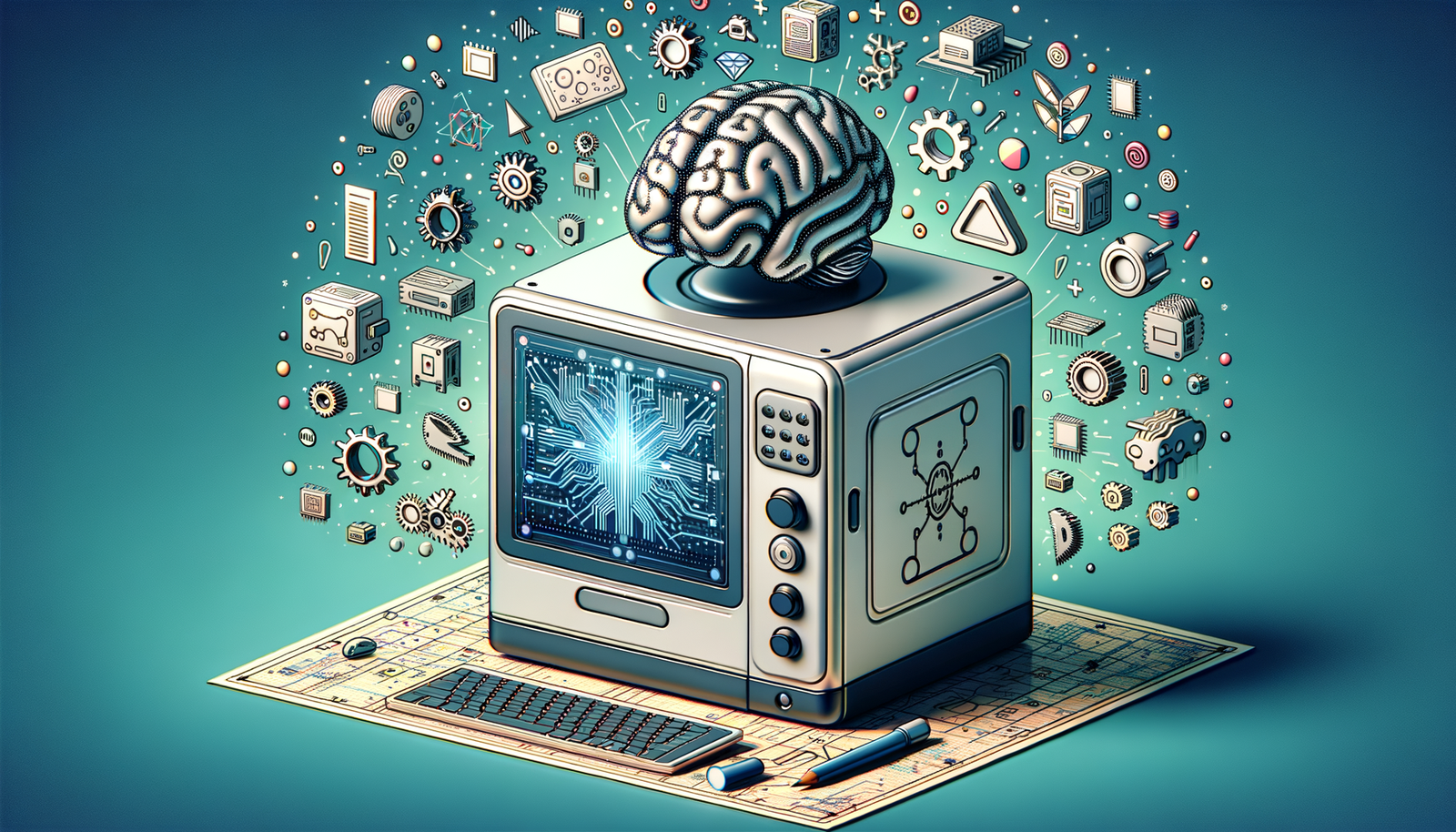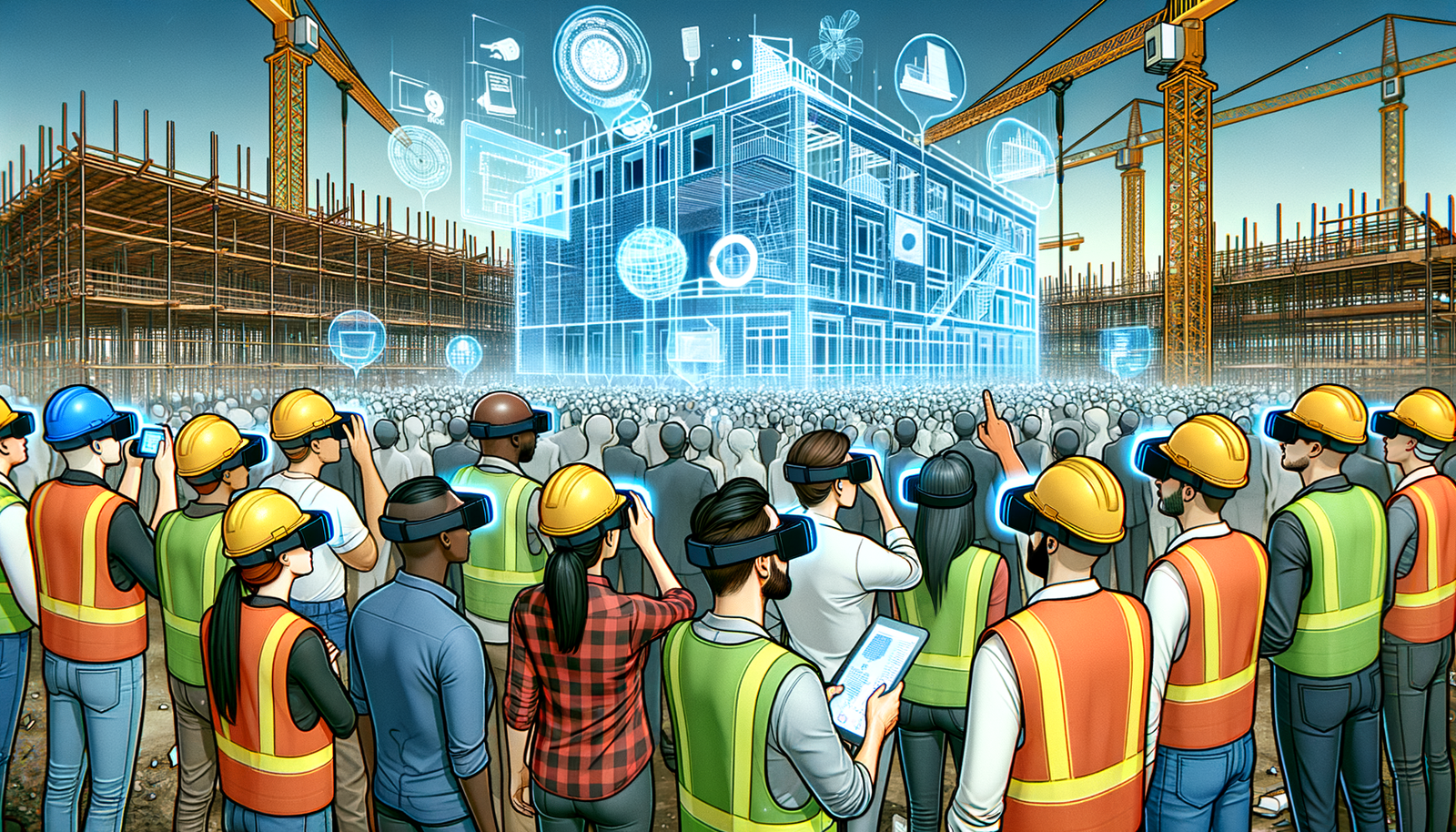Your Cart is Empty
Customer Testimonials
-
"Great customer service. The folks at Novedge were super helpful in navigating a somewhat complicated order including software upgrades and serial numbers in various stages of inactivity. They were friendly and helpful throughout the process.."
Ruben Ruckmark
"Quick & very helpful. We have been using Novedge for years and are very happy with their quick service when we need to make a purchase and excellent support resolving any issues."
Will Woodson
"Scott is the best. He reminds me about subscriptions dates, guides me in the correct direction for updates. He always responds promptly to me. He is literally the reason I continue to work with Novedge and will do so in the future."
Edward Mchugh
"Calvin Lok is “the man”. After my purchase of Sketchup 2021, he called me and provided step-by-step instructions to ease me through difficulties I was having with the setup of my new software."
Mike Borzage
Revolutionizing Design Software: Enhancing Workflow with Voice Commands and AI Assistants
November 05, 2024 6 min read


In the rapidly evolving landscape of design software, the integration of voice commands and AI assistants marks a significant shift toward more intuitive and efficient workflows. This convergence of technologies promises to enhance the way designers interact with software tools, paving the way for innovative approaches to creativity and productivity.
Introduction to Voice Commands and AI Assistants
Voice-activated technology is transforming the user experience in design software by offering a hands-free and more natural method of interaction. Traditionally, designers have relied on graphical user interfaces and manual input devices like mice and keyboards. However, the advent of voice commands allows for a more seamless integration between human intent and software execution. This shift not only streamlines tasks but also opens up new possibilities for accessibility, enabling designers with physical limitations to engage more fully with design tools.
The evolution of AI assistants across various industries has set the stage for their integration into design workflows. From virtual personal assistants that manage our daily schedules to sophisticated AI systems that automate complex industrial processes, AI has become an integral part of modern technology. In the design industry, AI assistants are beginning to take on roles that extend beyond mere task execution. They are becoming collaborators that can understand context, make suggestions, and even predict design needs based on previous patterns and data analysis.
Accessibility and user experience are at the forefront of this technological evolution. As design software becomes more complex, the need for intuitive interfaces becomes paramount. Voice commands and AI assistants address this need by simplifying interactions and reducing the learning curve associated with mastering advanced design tools. This not only enhances productivity but also fosters a more inclusive environment where designers of varying skill levels can contribute effectively.
Integration of Voice Commands in Design Workflows
The incorporation of voice commands into design workflows enhances efficiency by allowing designers to execute commands without interrupting their creative flow. For instance, a designer can verbally instruct the software to "Zoom in on the top left quadrant" or "Apply a 50% opacity to the current layer," thereby eliminating the need to navigate through multiple menus or remember complex keyboard shortcuts. This method of interaction reduces cognitive load and allows designers to focus more on the creative aspects of their work.
Specific design commands and their functions can be tailored to suit individual preferences or standardized across teams to maintain consistency. Examples include commands like "Generate 3D extrusion from this 2D shape" or "Align all elements to the center grid." These voice commands can be further enhanced with AI that understands context, such as adjusting commands based on the current tool or mode within the software.
When comparing traditional input methods to voice activation, several advantages become apparent. Voice commands provide a faster means of executing complex actions that would otherwise require multiple steps with a mouse and keyboard. They also allow for multitasking, enabling designers to manipulate design elements while simultaneously retrieving information or adjusting settings. Additionally, voice commands can reduce physical strain associated with prolonged use of input devices, contributing to better ergonomics in the workplace.
-
Advantages of Voice Commands over Traditional Methods:
- Hands-free operation increases efficiency.
- Reduces reliance on memorizing shortcuts and menu navigation.
- Enhances accessibility for users with physical limitations.
Successful implementation of voice technology in design software requires careful consideration of user needs and software capabilities. It involves developing sophisticated voice recognition systems that can accurately interpret and execute a wide range of commands, even in environments with background noise or varying speech patterns. Furthermore, integrating voice commands into existing workflows must be done in a way that complements rather than disrupts established practices.
The Impact of AI Assistants on Design Processes
AI assistants are revolutionizing design processes by enhancing creativity and productivity. They act as intelligent partners that can handle routine tasks, provide suggestions, and even anticipate needs based on data analysis. For example, an AI assistant can automatically adjust design parameters to optimize for material usage or suggest alternative design solutions that meet specified criteria. This allows designers to focus more on innovation and less on mundane tasks.
The capabilities of AI assistants in design are vast, including project management functions such as scheduling and resource allocation. They can assist in material selection by analyzing performance data and recommending materials that best suit the design requirements. Additionally, AI can automate repetitive tasks like generating reports, updating documentation, or performing quality checks, thereby reducing the likelihood of human error and increasing overall efficiency.
-
Key Roles of AI Assistants in Design:
- Automating routine tasks to save time.
- Providing data-driven insights for better decision-making.
- Enhancing collaboration by facilitating communication and coordination.
Despite the benefits, there are potential challenges and misconceptions related to the use of AI in design. One common concern is the fear that AI might replace human designers. However, the role of AI is not to supplant creativity but to augment it by handling tasks that are time-consuming or data-intensive. This allows designers to devote more energy to the creative aspects of their work.
Security concerns also arise with the integration of AI, particularly regarding the handling of sensitive data and intellectual property. It is essential to implement robust security measures to protect against unauthorized access or data breaches. Trust in AI-generated outputs is another area of focus, as designers must be confident that the AI's recommendations are reliable and accurate. This can be addressed by ensuring transparency in how AI systems make decisions and by providing the option for human oversight and intervention.
The Future of Design Software with Voice and AI Technology
The future of design software is poised to be deeply influenced by the integration of voice commands and AI technology. Trends indicate a movement towards more intuitive, human-centered interfaces that blur the lines between human intent and software execution. Voice and AI are central to this evolution, providing tools that adapt to the user's needs and enhance the overall design experience.
Predictions for the integration of these technologies include more sophisticated voice recognition systems that can understand context, emotion, and nuanced commands. AI assistants are expected to become more proactive, identifying potential issues in designs before they arise and offering innovative solutions drawn from vast datasets. The combination of voice and AI will likely lead to design environments where the software acts as a collaborative partner rather than a mere tool.
There is also significant potential for collaboration between voice technology, AI, and other emerging design tools such as augmented reality (AR) and virtual reality (VR). For instance, a designer could use voice commands to manipulate a 3D model in a VR space, while an AI assistant provides real-time feedback on structural integrity or material efficiency. This convergence of technologies will enable more immersive and interactive design processes, pushing the boundaries of what is possible in design.
The push towards more intuitive and human-centered design interfaces is driven by the recognition that the best tools are those that seamlessly integrate into the user's workflow. By minimizing barriers between the designer's intent and the software's capabilities, voice commands and AI assistants enable a more natural and efficient design process. This not only enhances productivity but also empowers designers to explore new creative avenues.
Conclusion
Voice commands and AI assistants are set to transform design software by making it more accessible, efficient, and intelligent. Their integration into design workflows enhances user experience, improves productivity, and fosters innovation by allowing designers to focus on creative tasks rather than technical execution. As these technologies continue to evolve, they will play an increasingly significant role in shaping the future of design.
Designers and organizations are encouraged to adopt voice and AI technologies to stay competitive in the rapidly changing landscape of design. Embracing these tools can lead to more efficient workflows, higher-quality designs, and a more inclusive environment for collaboration. Staying informed about ongoing developments in AI and voice recognition technology is essential for professionals who wish to leverage these advancements to their full potential.
In conclusion, the integration of voice commands and AI assistants represents a paradigm shift in how designers interact with software. By merging human creativity with advanced technology, the design industry stands on the cusp of a new era characterized by enhanced collaboration, innovation, and efficiency.
Also in Design News

AI-Driven CAD: Revolutionizing Design with Machine Learning Integration
November 23, 2024 4 min read
Read More
Design Software History: Augmented Reality's Transformative Role in Construction Site Design and Visualization
November 23, 2024 7 min read
Read More
ZBrush Tip: Enhancing Precision in ZBrush: Effective Techniques for Utilizing Reference Images
November 22, 2024 2 min read
Read MoreSubscribe
Sign up to get the latest on sales, new releases and more …


